FileCup of Costa Coffee.jpg Wikimedia Commons

Free Images cappuccino, drink, coffee cup, caffeine, flavor, turkish
Instant Coffee. Instant coffee is an easy way to make coffee for cheap. Here's how to do it: 1. First of all, mix around 2 teaspoons of coffee with 120 milliliters of boiling water. 2. Once this is done, start stirring the mixture together until all those little instant coffee granules are dissolved. 3.

Coffee Free Stock Photo Public Domain Pictures
An 80-year-old traditional Spanish coffee maker is known by various names such as Moka pots, stovetop espresso makers, and macchinetta,. Finely ground coffee, bar pressure (above 8), and hot boiling water are required (up to 85 or 95 degrees Celsius). However, unlike real espresso, you can have an espresso-like coffee experience made in.
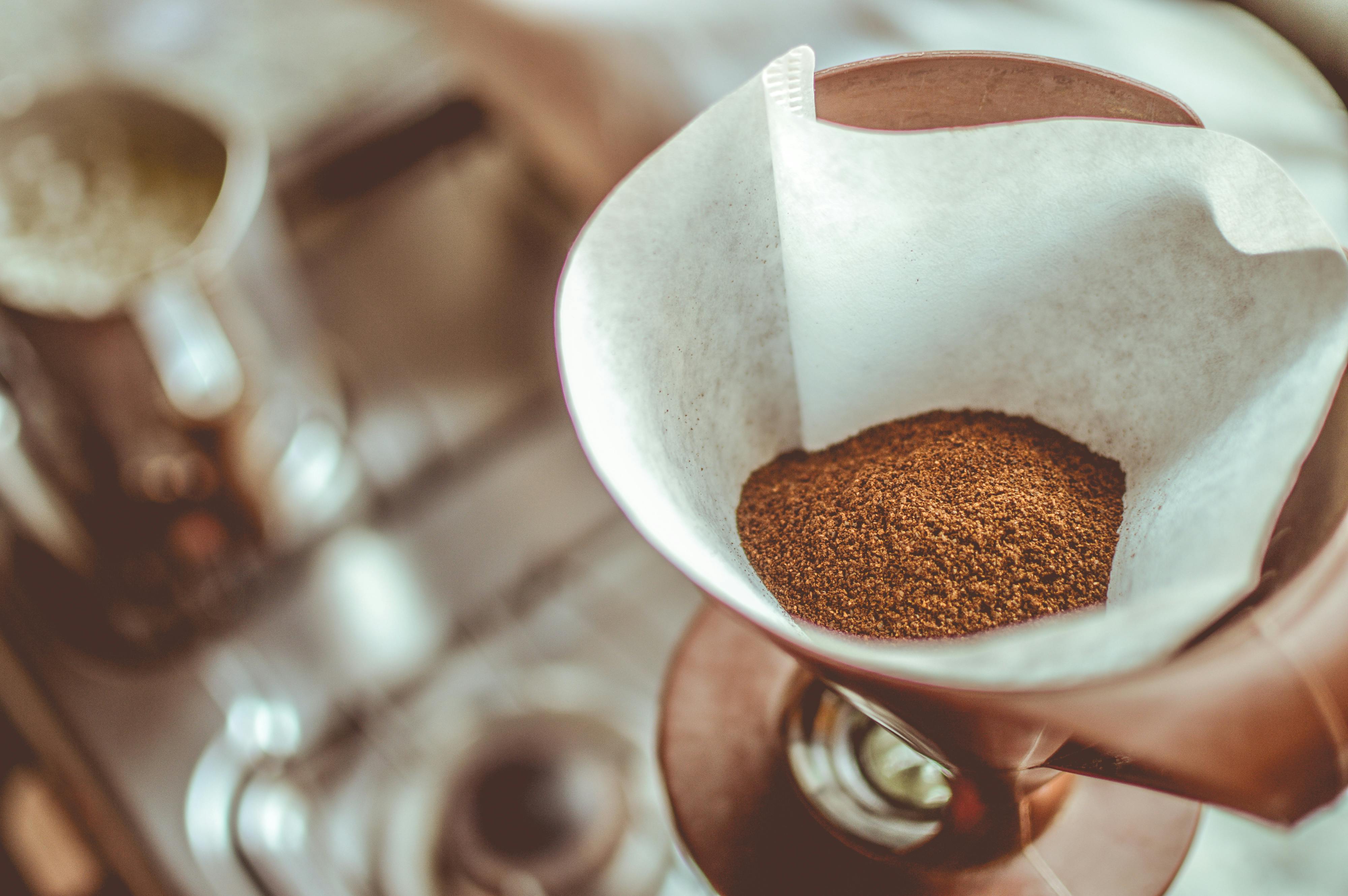
Closeup of Coffee Cup · Free Stock Photo
Instructions. Make the coffee as you would normally (I used a manual espresso maker) Add the milk into a sauce pan and heat with a medium heat. Cut the oranges in half and juice the oranges (I used a manual juicer) Cut the baguette into 5 inch (12 cm) pieces and then in half lengthwise, add to the toaster and lightly toast.
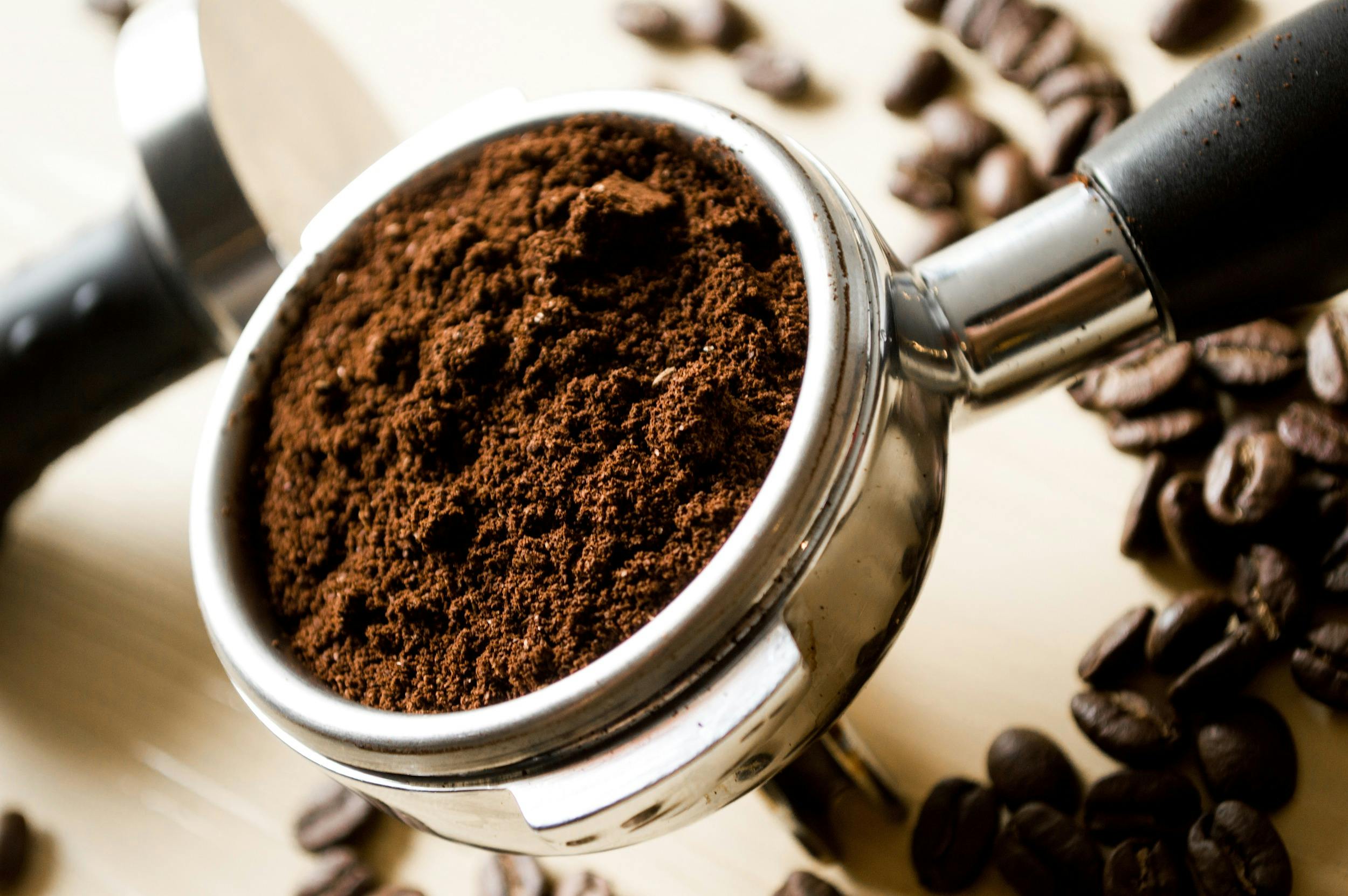
Free stock photo of beans, brew, caffeine
10. Tupinamba. Known for its tagline " Working alongside baristas since 1897," the brand became the first Spanish company to introduce a wide range of coffee blends worldwide. Tupinamba Grup handles seven brands named as Tupinamba, 40 Paises, Roura, Tupispresso, L'India, Oh Caffe and Paren [té]sis.

Chapter 7.General View on Coffee Hospitality Training
12 Café Carajillo. 13 Café Bombón. 14 Belmonte. 15 Café leche y leche. 16 Café Vienés. 17 Café Nube (Málaga) 18 Café Sombra (Málaga) 19 How to order a coffee in Spanish - A quick guide. 19.1 More helpful Spanish words that might be helpful when ordering your coffee in Spain.

FileLove Coffee.jpg Wikipedia
Combine Espresso and Condensed Milk: Pour the shot of espresso into your serving cup. Gradually pour the warmed sweetened condensed milk into the espresso, stirring gently as you pour to ensure even mixing. The condensed milk will add a velvety sweetness and a creamy texture to the coffee.

Coffee Free Stock Photo Public Domain Pictures
Cafe Con Leche. If you do take your coffee with milk or cream, cafe con leche is going to be your go-to when it comes to Spanish coffee. "Leche" means milk in Spanish. The only difference between cafe con leche and a cortado is the amount of milk, with the prior have a bit more milk. There is about as much espresso as there is milk when it.
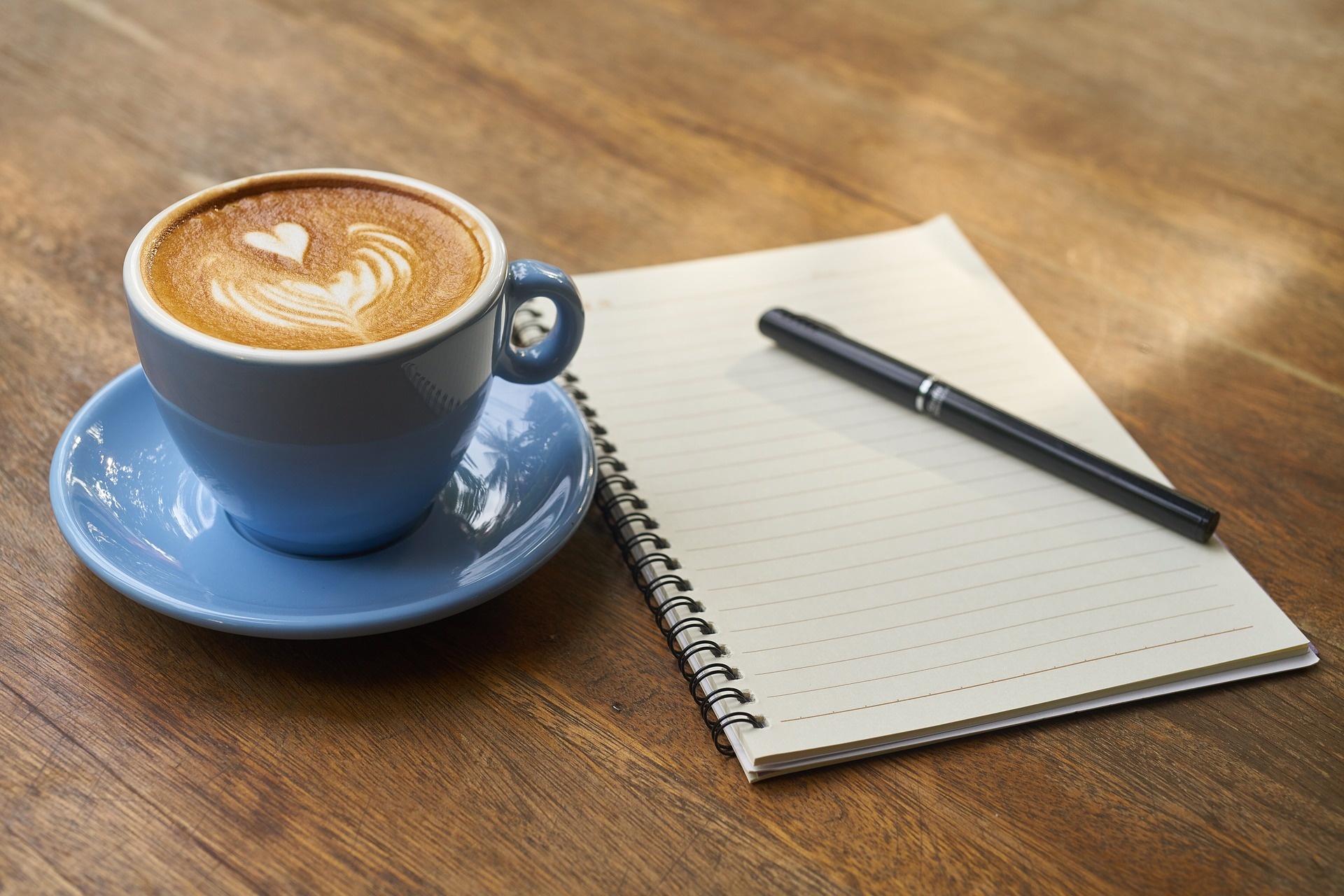
Coffee Free Stock Photo Public Domain Pictures
Carefully pour the prepared Spanish coffee into your chosen glass, leaving enough room at the top for cream. Gently float a layer of lightly whipped cream on top of the coffee. For a flawless layer, pour the cream over the back of a spoon to softly distribute it across the coffee's surface.
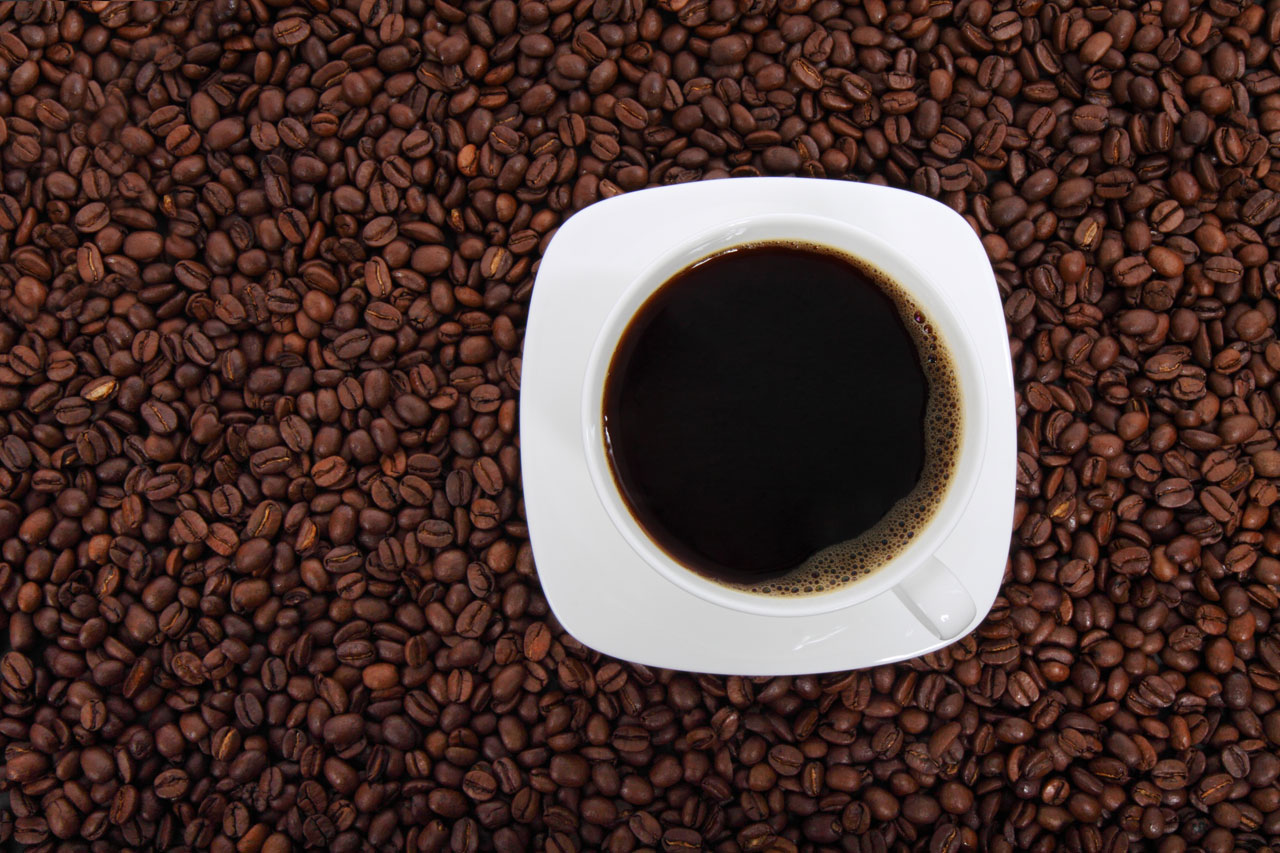
Cup Of Coffee From Above Free Stock Photo Public Domain Pictures
Spanish coffee can either be 100% Arabica beans or a blend of Arabica and Robusta varieties.. Dibarcafé is a specialty coffee roaster and shop that sells a variety of ground and whole bean coffees. There are several roast options, from light and well-balanced to dark espresso.
FileA small cup of coffee.JPG Wikipedia
Measure 0.5 oz. of liqueur and pour into the inflamed rum. Introduce your coffee into the glass. Be careful when doing this, as the flame is bound to rise higher when you pour the coffee in. Keep your hands away when you do this. Once you're done emptying the coffee into the glass, the fire is going to extinguish.
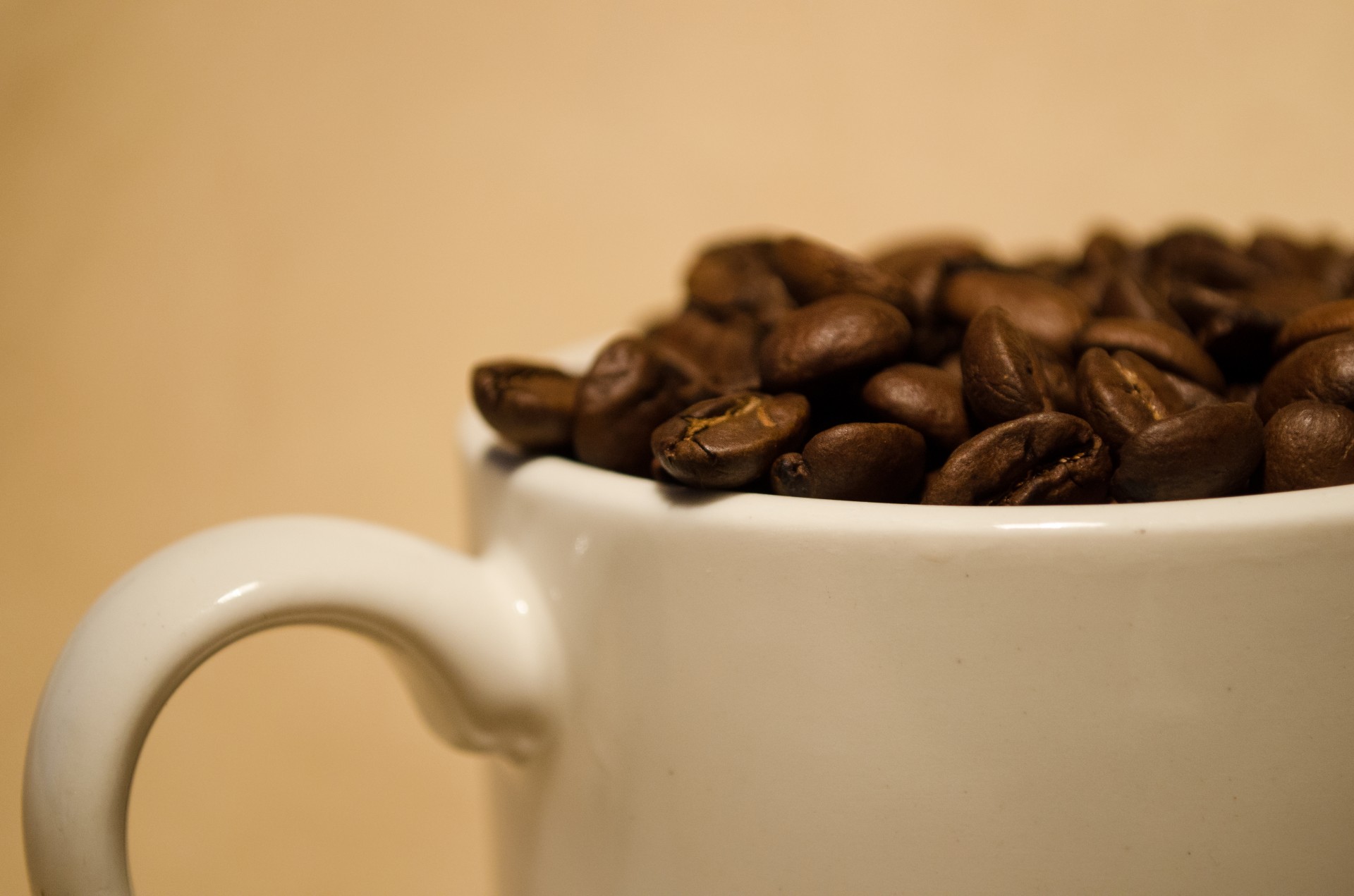
Coffee Free Stock Photo Public Domain Pictures
Add sugar to the mixing bowl. Place the moka pot on the stovetop over medium-high heat. Pour the first drops of freshly brewed coffee into the container and mix. Pour the rest of the coffee onto the espuma. For a cafe con Leche, add steamed milk (and evaporated milk). Mix brewed coffee with milk. Add a bit of salt.
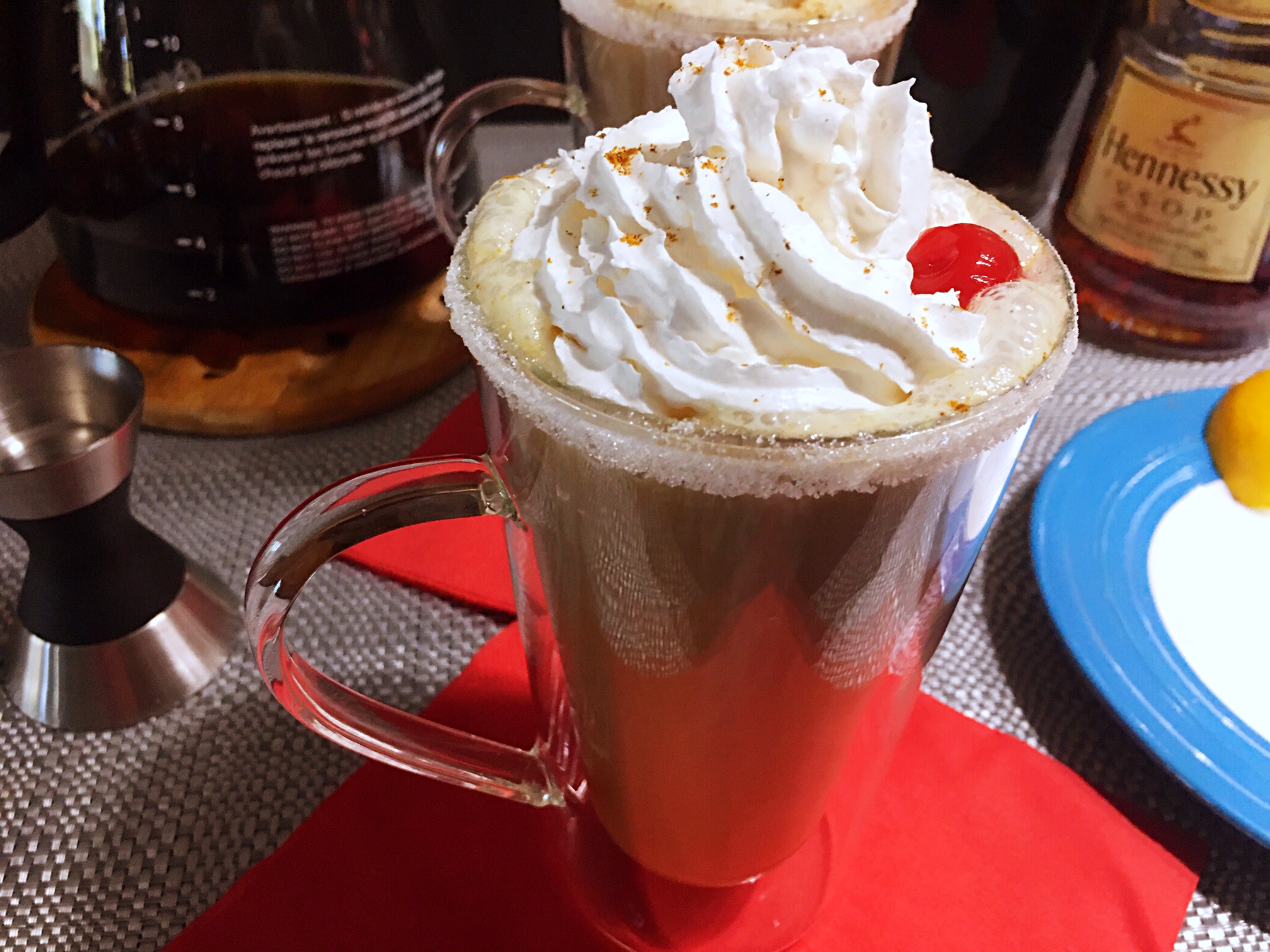
Spanish Coffee Recipe • Elegant After Dinner Cocktail! Club Foody
Origins of Spanish Ground Coffee Coffee Introduction in Spain. Coffee was introduced to Spain in the 18th century, primarily through trading connections with its colonies. The port city of Cadiz played a crucial role in the importation of coffee beans, making it the gateway for this new beverage in Spain. Over time, coffee consumption spread.
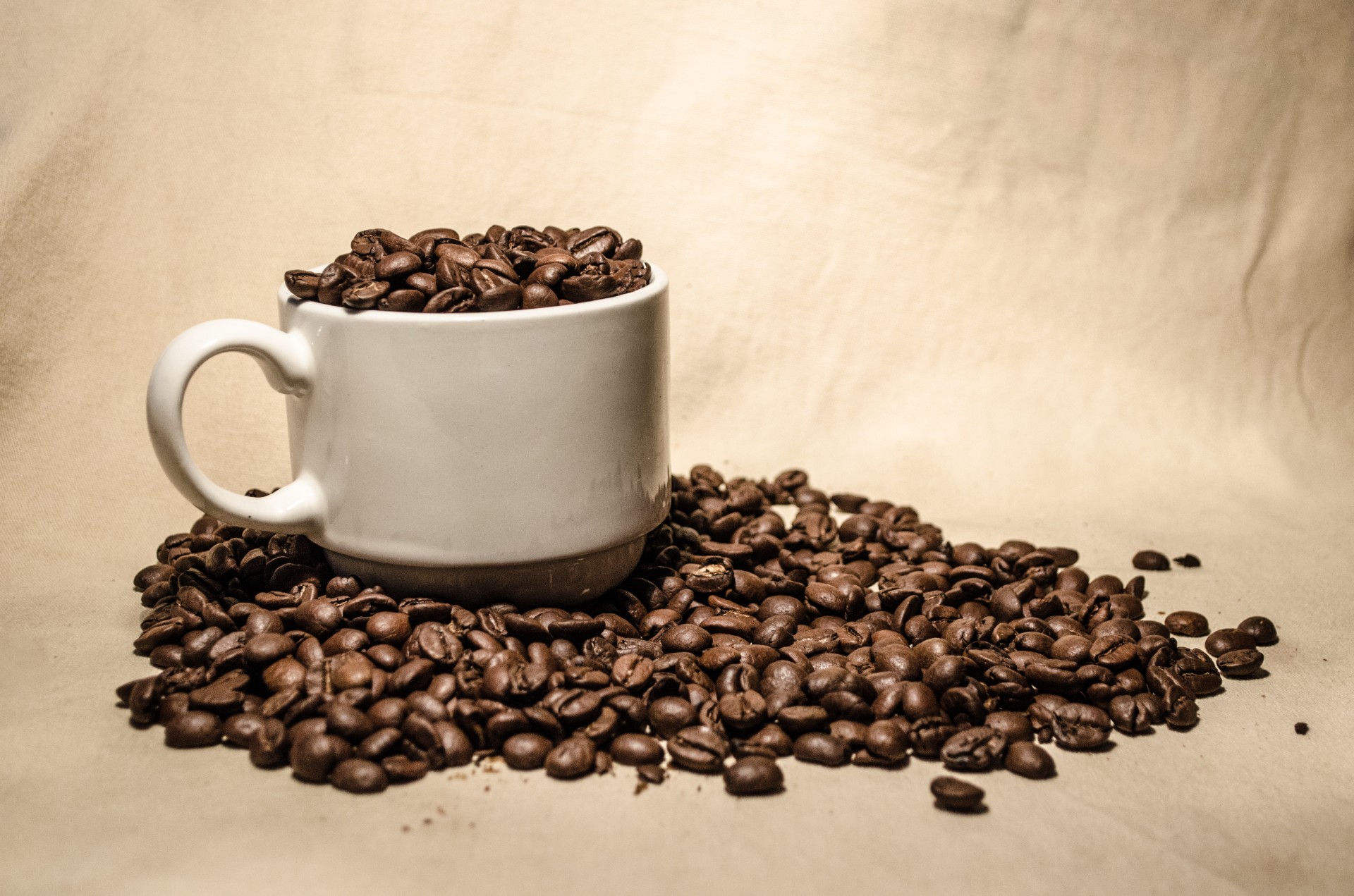
Coffee Free Stock Photo Public Domain Pictures
To prepare the Spanish coffee, follow this fool-proof instruction for operating a stove top espresso coffee pot. Unscrew the top chamber, the middle funnel, and the base. Fill the lower receptacle (the base) with water no higher than the notch. Re-screw the middle funnel back to the bottom.
/ground-coffee-and-beans-540712455-584704295f9b5851e51ff997.jpg)
Make Spanish Coffee With Condensed Milk
Make the homemade whipped cream, whipping it to soft peaks. Use a lemon wedge to wet a 1/2-inch of the rim of the glass and dip the outside in sugar to make a 1/2-inch band. Use a kitchen torch** to caramelize the outside of the glass until the sugar turns brown. Add the coffee, Kahlua, triple sec and rum and stir once.

FileCoffee Beans Photographed in Macro.jpg Wikimedia Commons
Café Solo - the most commonly ordered type of coffee in Spain. Café solo is a small and very strong black coffee usually served in a small glass. Café Con Leche - is the next most popular way to drink coffee, especially as the first cup of the day. It is half café solo and half hot milk and can be served in a small glass or a tall thin.

FileCup of Costa Coffee.jpg Wikimedia Commons
The lady that took our order didn't seem to speak much English, but luckily I've been working on my Spanish lately so that wasn't an issue. I ordered a small and my receipt on the drink said small but somehow I ended up with a large cup, but I'm certainly not complaining. Recently I've learned that I'm no fan of true high quality coffee.